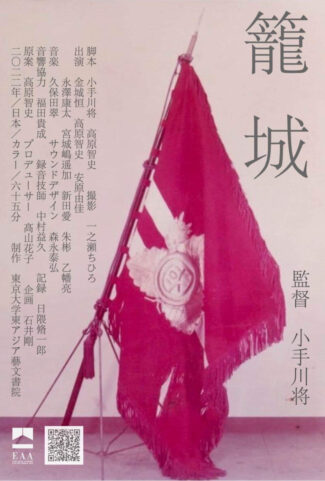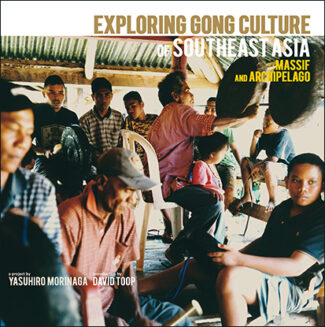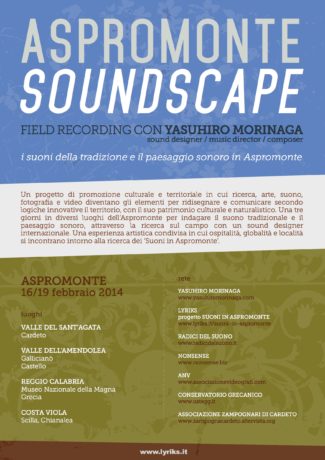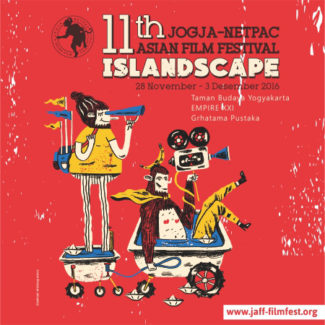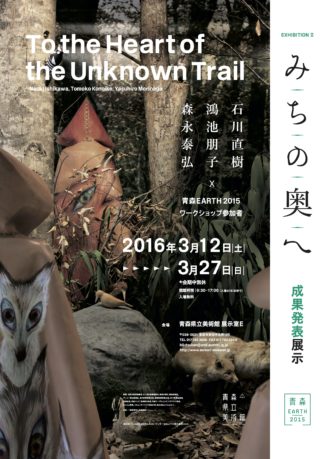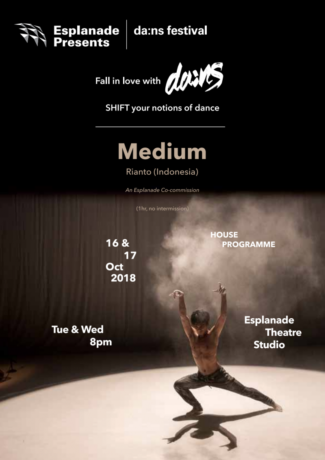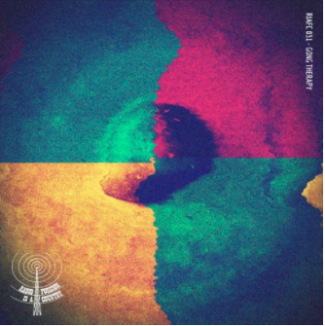
Gong Therapy
Raw and remixed field recordings of gong orchestras throughout southeast Asia. Recorded, assembled, and remixed by Yasuhiro Morinaga for Radio is a Foreign Country. Yasuhiro Morinaga is a sound artist and filmmaker living in Tokyo. After graduating Tokyo University of the Arts, Yasuhiro has carried out field recording expeditions documenting the origins of musical instruments and the soundscapes of shamanic healing rituals throughout southeast Asia (see www.the-concrete .org).
PLAYLIST
Ambience: (Toraja group), Rambu Solo (Funeral ceremony) from Toraja, Sulawesi Island
Tau Dou / (Tau Humba group), Sumba Island
Harvesting / (Tau Humba group), Sumba Island
Funeral / (M’nong + Krung groups), Mondalkiri, Northeast Cambodia
Ma Badong Chanting / (Toraja group), Toraja, Sulawesi Island
Gong Practice by Yasuhiro Morinaga / Bali Island
Manang Sirang - chanting / (Dayak Iban group) West Kalimantan, Borneo Island
Cut the Bamboo, / (M’nong Prang group), Central highland of Vietnam
Hail / (Ede group), Central Highlands of Vietnam
Guarding Rice Seeds / (Makassar group) Makassar, Sulawesi Island
Daily Routine for everyday life / (Krung group), Ratanakiri, Northeast Cambodia
Hedung Dance / (Lamaholot group), Flores Island
Balangbang / (Kanakanaey group), Northern Luzon Island
A Month after the Death / (Bahnar group), Central Highland of Vietnam
Sole Oha Ritual / (Lamaholot group), Flores Island
Hsaing Waing Remixes by Yasuhiro Morinaga, Yangon, Myanmar
Ambience: (Toraja group), Rambu Solo (Funeral ceremony) from Toraja, Sulawesi Island


